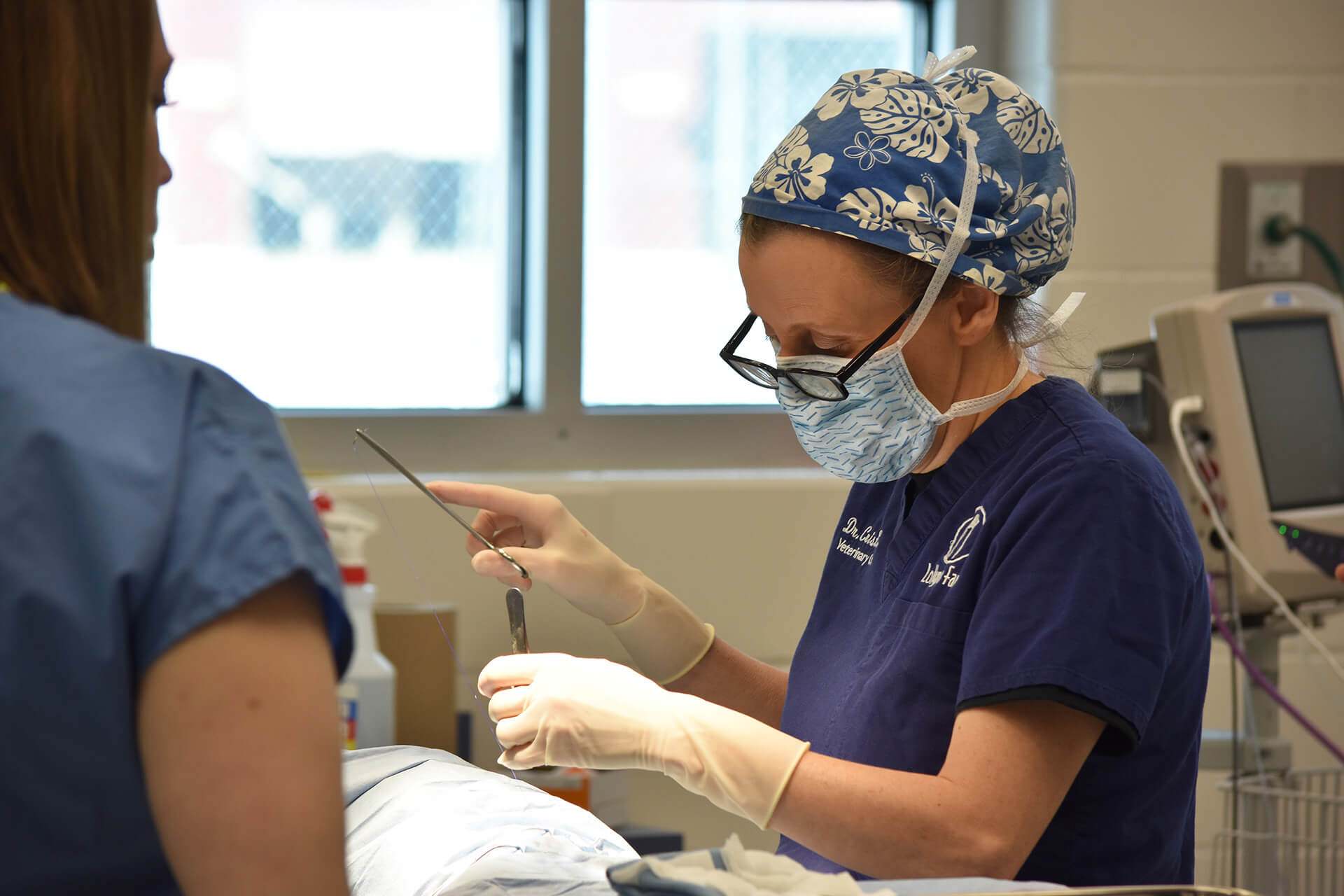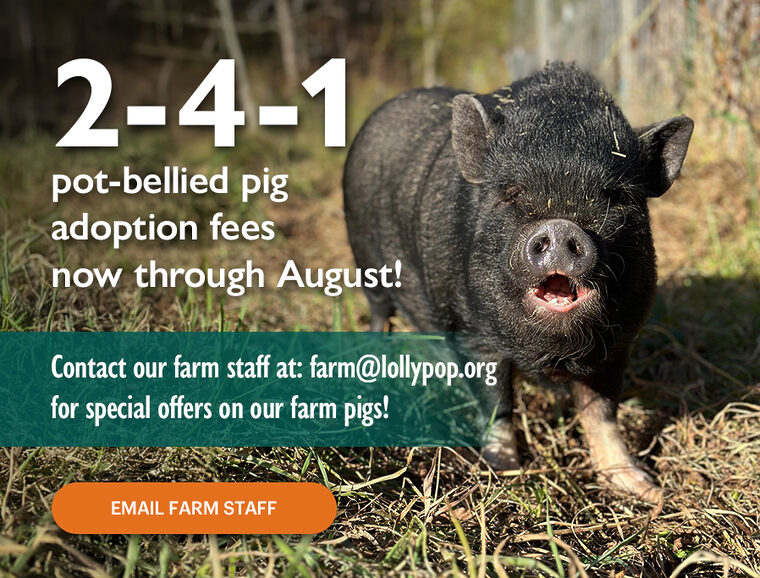What Is Spaying And Neutering?
Each year approximately 15 million pets are sent to animal shelters across the country. Only 25 to 30 percent of these animals are reclaimed by their owners or adopted into new homes. The rest, some 11 million dogs, cats, puppies and kittens, must be put to sleep because there are simply not enough good homes for them.
The good news is that this fact of today can change. The tragedy of too many pets and not enough homes can be prevented by spaying and neutering our animal companions.

WHAT IS
SPAYING AND NEUTERING?
Sometimes referred to as “altering,” spaying and neutering are ways of providing birth control for dogs and cats by removing their reproductive organs, therefore preventing them from having litters of puppies or kittens. Spaying is the procedure used for female pets, and neutering generally refers to the procedure used for male pets.
Why Should I Know About This?
In one way or another, all of us — including those who do not even have pets — are affected by animal overpopulation.
Millions of tax dollars are spent annually to care for lost, abandoned, and unwanted pets. . . and millions more to put to sleep those that were not fortunate enough to find a home.
The health and safety of our communities is another concern. The greater the population of unwanted animals, the greater the incidence of such animal related issues as rabies, dog bites, cat scratches, traffic accidents, and animal abuse.
Benefits Of Spaying Or Neutering
Having your pet spayed or neutered benefits both you and your pet. Your pet can enjoy a longer life and better health, and you get peace of mind knowing your animal companion is safer and happier. Some specific benefits are:
- Reduced risk of breast, uterine, and ovarian cancer or infection in female cats and dogs
- Reduced risk of testicular and prostate cancer or maladies in male cats and dogs
- No unwanted pregnancies
- Reduced incidence of aggressive behavior in male cats and dogs
- Reduced desire to roam, breed, mark territory, fight with other animals for male cats and dogs.
- Reduced desire to roam, breed for female cats and dogs.
- Helps alleviate the dog and cat overpopulation problem
Some Common Myths for Spay & Neuter
Myth #1: My pet will get fat and lazy.
Spaying or neutering may diminish your pet’s overall activity level, natural tendency to wander, and hormonal balances, which may influence appetite. Pets that become fat and lazy after being altered usually are overfed and do not get enough exercise.
Myth #2: If we breed Rover and Fluffy, their puppies (or kittens) will be just like them.
Breeding two purebred animals rarely results in offspring that are exactly like one of the parents. And with mixed breeds, it is virtually impossible to have offspring that are exactly like one of the parents.
Myth #3: My pet’s personality will change.
Any change will be for the better! After being altered, your pet will be less aggressive toward other dogs or cats, have a better personality, and will be less likely to wander. Spraying (urine marking), which is often done by dogs and cats to mark their territory, diminishes or ceases after pets are altered.
Myth #4: My children should witness our pet giving birth.
Pets often have their litters in the middle of the night or in a place of their own choosing. Because pets need privacy when giving birth, any unnecessary intrusion can cause the mother to become seriously upset. These intrusions can result in an unwillingness to care for the offspring or in injury to the owners of the pet.
Myth #5: I am concerned about my pet undergoing anesthesia.
Placing a pet under anesthesia is a very common concern of owners. Although there is always a slight risk involved, the anesthetics currently used by veterinarians are very safe. Many veterinarians use equipment that monitors heart and upper respiratory rates during surgery to ensure that their patients are doing well under anesthesia.
The medical benefits of having your pet spayed or neutered far outweigh the slight risk involved with undergoing anesthesia. Consult your veterinarian if you are concerned about this aspect of the procedure.
Myth #6: The surgery is painful for the animal, and may harm my pet.
During spaying / neutering, dogs and cats are fully anesthetized, so they feel no pain. Afterwards, most pets seem to experience some discomfort, but all signs of discomfort disappear within a few days, or even a few hours. Serious harm as a result of spay / neuter surgery is extremely rare.
Myth #7: The surgery is expensive.
Spay / neuter surgery generally costs less than most major surgeries, especially if the dog or cat is young and healthy. Also, many areas have low-cost or low-income spay / neuter clinics or programs in which local veterinarians perform spaying / neutering at reduced cost. For information on these low cost options, contact The Humane Society.
How Spaying And Neutering Is Done
Thousands of our feline and canine friends are spayed and neutered every day. Both operations are low-risk procedures, usually without complications. Descriptions of typical spay and neuter procedures are discussed below. However, these procedures may differ depending on individual circumstances.
Normally, your veterinarian will instruct you to withhold food and water from your pet for 12 hours or overnight before the operation. Immediately before surgery, the pet is given pre-anesthetic agents and injected with a light anesthetic. Next, a tube attached to a tank of anesthetic gas is inserted into the trachea. This procedure maintains the amount of anesthesia needed during surgery. When the pet is asleep, the veterinary technician shaves the operation site and cleanses the skin with an antiseptic scrub to ensure that the skin is free of bacteria. Throughout the surgery, your pet will be closely monitored.
Neutering (castrating) a male pet is a fairly simple procedure. For dogs, an incision is made in front of the scrotum, the blood vessels leading to the testicles are clamped and tied, and the testicles are removed. The incision is then closed with sutures. For cats, the procedure is about the same except that sutures are not usually needed for the incision. Although your pet will awake in a few hours, he may be kept in the veterinary clinic overnight.
Spaying a female pet is more complicated. An incision is made in the abdomen and the vessels that supply blood to the uterus and ovaries are clamped and tied. The uterus and ovaries are then removed. After the veterinarian makes sure that there is no internal bleeding, the incision is closed with multiple layers of sutures or staples. Following the operation, your pet will most likely remain in the hospital at least overnight.
When your pet comes home, she should be confined to the house for a few days (spayed dogs can be walked on a leash). Your biggest problem with a newly spayed pet may be keeping quiet and calm. Make sure your pet does not engage in a lot of activity such as running, playing. Care must be taken as jumping may open the sutures. Special collars, often referred to as “cones,” or “Elizabethan Collars” are wonderful for making sure your pet does not bite at and open her sutures. This is important since pets will often try to bite at the sutures to relieve their itching during the healing process.
In 8 to 10 days the incision will have healed, and the sutures or staples will be removed by your veterinarian unless they are self-dissolving.
Get the inside scoop
Sign up to receive emails from Lollypop Farm, full of compelling
animal stories and news.


